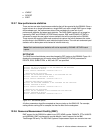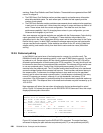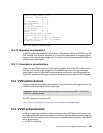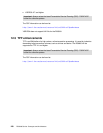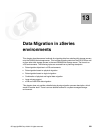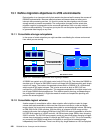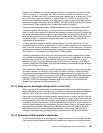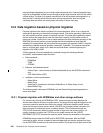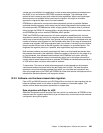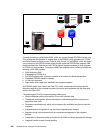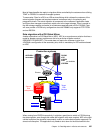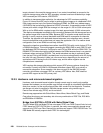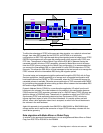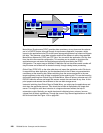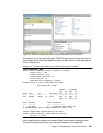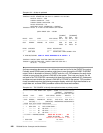Chapter 13. Data Migration in zSeries environments 255
volume are not available to the application in order to keep data consistency between when
the DUMP is run and when the RESTORE command completes. The advantage of this
method is that it creates a copy which offers fail-back capabilities. When source and target
disk servers are not available at the same time for migration, this might be a feasible
approach to migrate the data over to the new hardware.
DFSMSdss is optimized to read and write data sequentially as fast as possible. Besides
optimized channel programs, which always use the latest enhancements the hardware and
microcode provides, DFSMSdss also allows a highly parallel I/O pattern which is achieved
either through the PARALLEL keyword within a single job/step or you can submit more than
one DFSMSdss job and run several DFSMSdss jobs in parallel.
TDMF and FDRPAS provide concurrent full volume migration capabilities which are best
described as remote copy functions for migration based on software that allows a controlled
switch-over to the new target volume. As a general rule, these might be considered when the
number of volumes to be migrated is in the hundreds rather than in the range of thousands of
volumes to be migrated. With large migration tasks, the number of volumes has to be broken
down to smaller volume sets so that the migration can happen in a controlled fashion. This
lengthens the migration period, so if possible, other approaches might be considered.
Both software products are usually associated with fees or service-based fees except when
the products are owned by the installation. When the number of volumes is in the range of up
to a few hundreds, then standard-based software like DFSMSdss is an option, although
DFSMSdss-based migration does not automatically switch over to the target volumes and
usually requires some weekend efforts to complete. DFSMSdss is standard software and part
of z/OS and so does not require extra costs for software.
To summarize: The choice of which software approach to take depends on the business
requirements and service levels which the data center has to follow. The least disruptive
approach is to provide software packages that switch in a controlled and transparent way
over to the target device, like TDMF and FDRPAS do. When brief service interruptions can be
tolerated the standard software is still a popular solution.
13.2.2 Software- and hardware-based data migration
Piper z/OS (an IBM IGS service) and z/OS Global Mirror are tools for data migration that are
based on software which in turn relies on specific hardware or microcode support. This
section outlines these two popular approaches to migrate data.
Data migration with Piper for z/OS
IBM offers a migration service using the Piper tool, which is a combination of FDRPAS as the
software used in a migration server which is part of the service, and connects to the customer
configuration during the migration.



